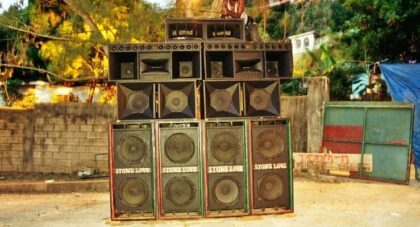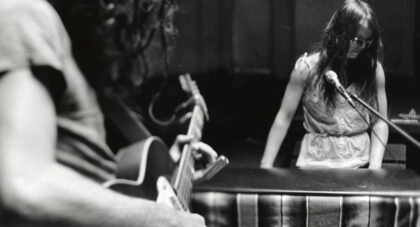Ahead of planning an upcoming concert at the Getty Museum, Van Dyke Parks caught up with AD from his home in Los Angeles. In addition to his philosophies on arranging and composition, we discuss some of the more understated (yet fascinating) parts of his prolific career: the audio/visual unit he created at Warner Brothers, relationship with Haruomi Hosono, fascination with steel drums and tuneful percussion, the moment he was embraced by psychedelia, and much more . . .
Only the good shit. Aquarium Drunkard is powered by its patrons. Keep the servers humming and help us continue doing it by pledging your support.
To continue reading, become a member or log in.


